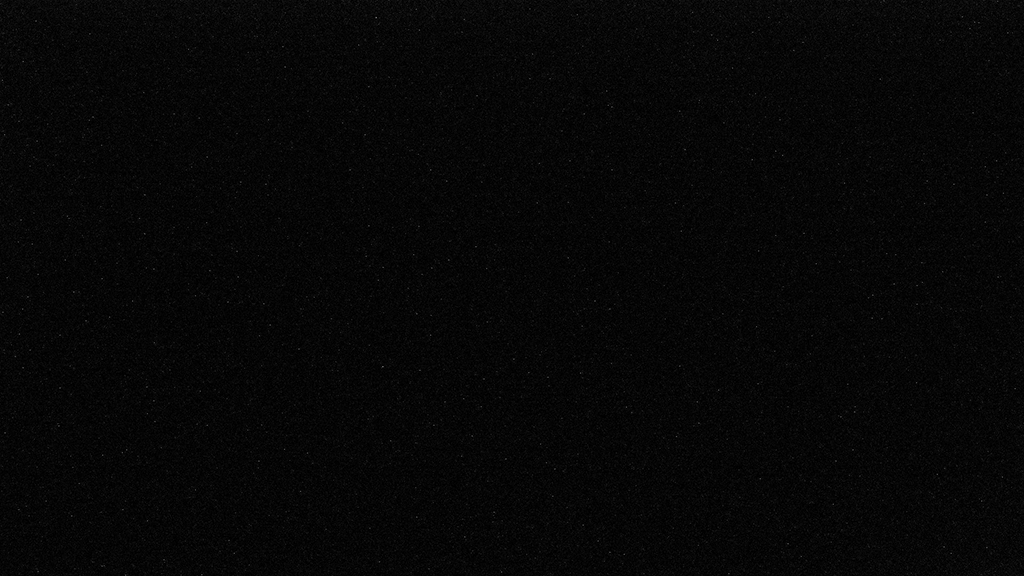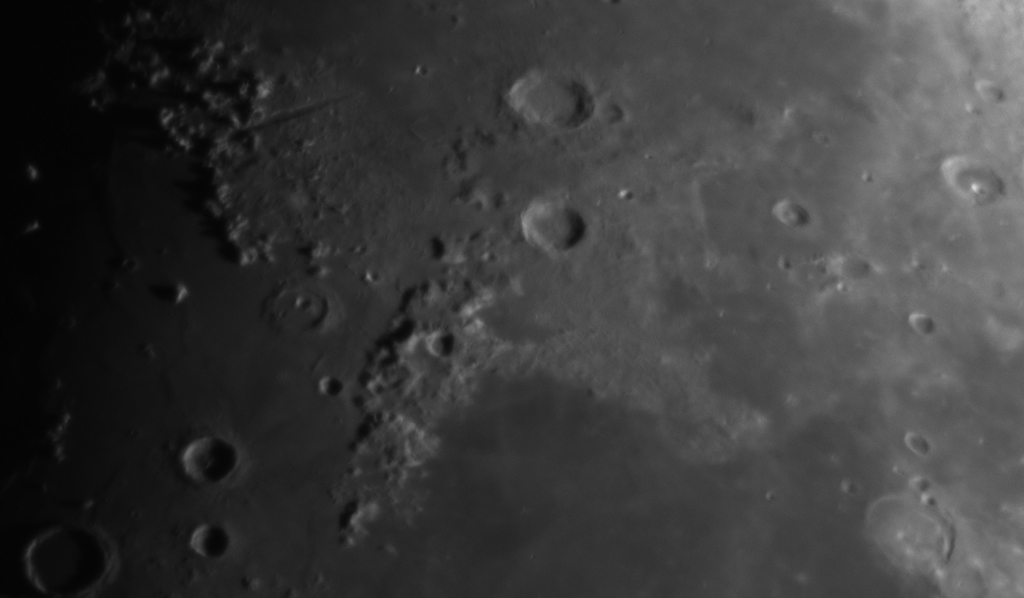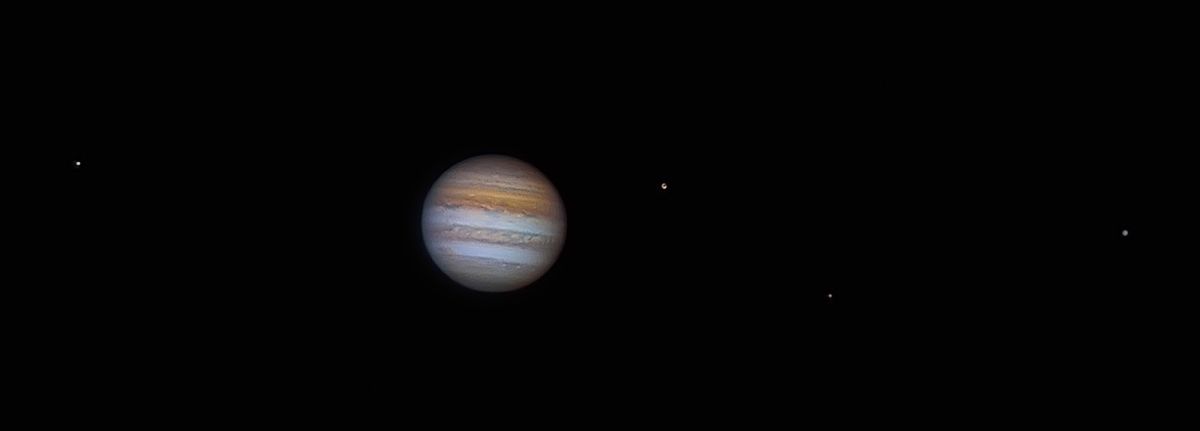
QHY take out a new range of camera, cooled or not, with sensors CMOS sony IMX. Here, I test the QHY5III290m version no cooled.
This new sensor CMOS, with a low noise, a good sensibility and a big flow, is formidable in planetary.

18 mai 2016.
The last week, I received the new camera QHY5III290M (no cooled version) for the very first betatest. Let me try and deliver you the first results and all my impressions.
This camera is intended for planetary but can also be used as an autoguider (st4, perfectly recognized under PHD2) along with deep sky photography and electronically assisted observation. For the deep sky, the cooled model is recommended.
This camera is equipped with the monochrome sensor CMOS Sony IMX290 ( BSI) and have photosites of 2.9µm for a surface of 5.6x3.1mm. This sony sensor have the new architecture BSI (back illuminated structure) for a bigger sensibility. It integrates the STARVIS and EXMOR technologies.












Here, the specifications of the camera (QHY):
QHY5III290 Specification
|
|
CMOS Sensor
|
Sony IMX290 Exmor R back illuminated CMOS sensor (Color/Mono)
|
Imager Size
|
Typical 1/2.8inch
|
Effective Pixels
|
1920*1080 2mega pixels full HD
|
Effective Area
|
5.6mm*3.1mm (16:9)
|
Pixel Size
|
2.9µm*2.9µm
|
Readout Type
|
Progressive Scan
|
FullWell
|
>15.7ke
|
Peak QE
|
TBD
|
Anti-amplight Control
|
Yes (Reduce the amplight significantly)
|
Shutter
|
Rolling Electric Shutter
|
Max Frame Rate (8bit)
|
180FPS@1920*1080 220FPS@960*540 660FPS@480*270
|
ADC Sample Depth
|
10/12bit, Output 8bit/12bit
|
Exposure Time
|
5us-600sec
|
Pixel Binning
|
1x1 2x2
|
MicroLens
|
Yes,onchip micro lens array
|
Readout Noise
|
3.2e-@Gain0% 1.6e-@Gain40%
|
Guide Port
|
Yes, 5PIN Lemo aviation socket
|
Back Focal
|
Approx. 11mm
|
Camera Size
|
1.25inch Eyepiece Size (D=31.6mm)
|
Optic Window
|
AR+IR cut 680nm (Color) AR+AR clear glass(Mono)
|
Support Software
|
,ASCOM,SharpCAP
|
Items included in standard package
|
QHY5III290 camera. Confocal ring. 1.5meter USB3.0 cable. 1.5meter 5pin lemo to RJ11 guide cable. (may not include the 50mmF1.4 lens)
|
Reference Price
|
USD399(Color) (this is the price with no tax and ship cost included)
USD429(Mono)
|
All the tests have been realized with SharpCap beta 2.9.2529 as it is for the moment the only compatible software that recognizes the camera. All the tests have been realized at ambient temperature, 16°c/ 61 F.
Dark 2s Gain: 60/100:

Dark 30s - Gain: 60/100 (we notice that the amp glow is well contained)

Offset 1ms – Gain: 0 – I have adjusted the levels

Offset 1ms – Gain : 60 – I have adjusted the levels

The reading noise announced by QHY for this QHY5II290 :

From my part, I used isis to check the announced specifications..
Here are the conditions of test under beta SharpCap2.9 :
Output Format=Fits files (*.fits), Binning=1x1, Capture Area=1920x1080, Colour Space=MONO16, USB Traffic=31, Speed=0, Offset=18
Gain=0
Gain (inverse) de la caméra : 0.231 e-/ADU
Bruit de lecture (RON) : 2.95 électron(s)
Gain=30
Gain (inverse) de la caméra : 0.016 e-/ADU
Bruit de lecture (RON) : 1.69 électron(s)
Gain=60
Gain (inverse) de la caméra : 0.001 e-/ADU
Bruit de lecture (RON) : 0.88 électron(s)
The obtained results seem to correspond rather well to the announced specifications. This is good!
So as to verify the output flow of the camera, I used the following configuration (rather old now, dating from 2011)
Core I7-2670QM @2.8Ghz (sandy bridge), chipset HM67, Ram: 8Go, SSD: OCZ vertex2 (Sata II 128Go) and Samsung 850EVO (Sata III 500Go), win7 64bits
The write test max of the OCZ Vertex2 (SharpCap) : 265.53 Mb/s
The write test max of the Samsung 850EVO (SharpCap) : 515.2 Mb/s
Here are the test conditions under beta SharpCap2.9:
Output Format=.ser film de 60s - Binning=1x1 - USB Traffic=0 - Speed=1 - Offset=18 - Frame Rate Limit=Maximum - Gain=30
In the table here below, , "Fps Lecture" corresponds to the frame data by real time SharpCap.
En 8Bits/1ms (OCZ Vertex2):

8Bits/1ms (Samsung 850EVO):

En 16bits/1ms (OCZ Vertex2):

16bits/1ms (Samsung 850EVO):

Max Frame/s (8bits) 320x240: 661Fps
Max Frame/s (16bits) 320x240: 215Fps
Here again, The figures I have found are very close to the ones announced by QHY although it could vary a lot according to the PC used (processor, USB3 and SSD).
.
The images were realized in poor conditions with C8 to F10 (2000mm) under a clear sky but a lot of turbulence (4/5...ok, may be 3.75/5^^). That's why I stayed in F10, and didn’t use a barlow lens.
On the other hand, C8 was not collimate as it should have of the being this test (though I expect the collimation to have been not too bad) but with so much atmospheric turbulence, collimating the SCT would have been difficult / impossible
Processed: Régistax6 and psp
Raw (chosen at random from the lot of 670imgs):
Expo: 2ms Gain: 10/100 1920x1080


Having made several tries 1920x1080, I enjoied, finally, making a lunar pano with three images 1920x1080.

...Finally, a picture Jupiter, accompanied with his satellites, from left to right: Callisto, Io, Europe et Ganymède.

For the moment, I really love this camera as it is sensitive and fast, and it delivered clean images with the condition of having a strong Pc. I will now have to wait for a clearer sky to continue the tests. To be followed ...
Saturne (17 juillet 2016):
Picture LRVB (filters astronomik). Altitude: 19° !
C8 to F10, 2500/4500frames L, expo: 20.4ms, gain: 41, régistax

Jupiter (8 Avril 2017):
Jupiter (Altitude: 32°). C8 to F10, filters astronomiks
1600/5600 Frames, expo: 4ms, gain: 28, AS2, régistax
